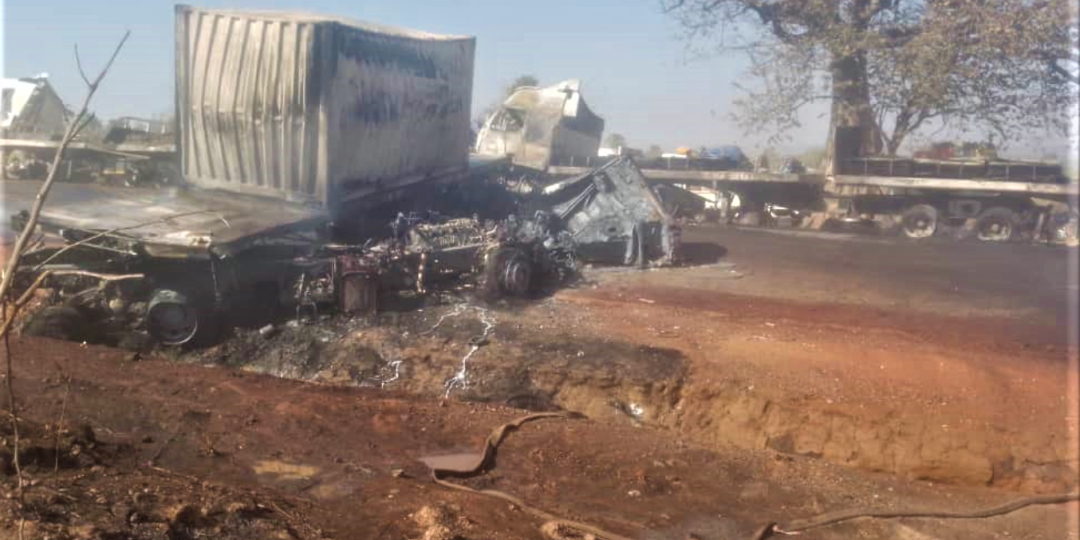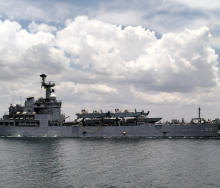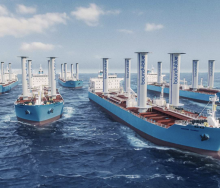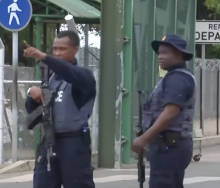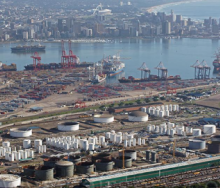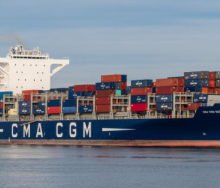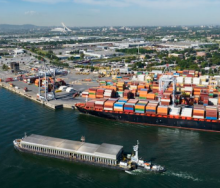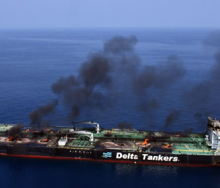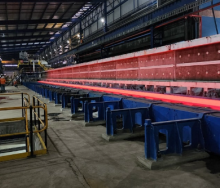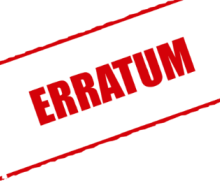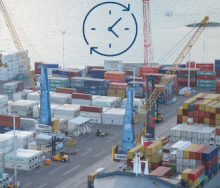Driver error resulted in a head-on collision on the N1 south of the Whiskey checkpoint and truck stop in the Democratic Republic of the Congo (DRC) on Friday morning.
This was confirmed this morning by Mike Fitzmaurice, chief executive of the Federation of East and Southern African Road Transport Associations (Fesarta).
The collision between a container-carrying truck and an empty flatbed rig travelling in opposite directions caused a blaze that brought traffic on the important Copperbelt route through Haut-Katanga province to a standstill.
In the aftermath of the fire, the flatbed could be seen on the side of the road, with the container truck’s underside completely gutted and blocking the way.
Fitzmaurice said access to the mines at Kolwezi and Lubumbashi, the primary purpose of the road, was only re-established the following morning, June 24.
It’s not yet clear if there are any fatalities from the accident, although it’s almost certain that the drivers died.
It also, most likely, contributed to congestion at the Kasumbalesa border between Zambia and the DRC, one of the most heavily impacted cross-border transits in Africa where northbound loads often stand for days before they are processed.
Friday’s accident, about a kilometre south of Whiskey, has again illustrated the need for urgent intervention on the Copperbelt route, especially where it makes its way south of Kasumbalesa through the border and into Haut-Katanga.
Long-distance truck traffic on this route has, over the years, increased exponentially because of growing demand for ore like copper, coltan (columbite-tantalite) and cobalt, the latter in particular as 70% of it is mined in the DRC.
Fitzmaurice has, on several occasions, warned about the danger of the Copperbelt route through Kasumbelesa, where efficiencies are lagging behind mounting volumes of trucks added to the supply chain in and out of the southeastern DRC.
In 2014, four drivers died when a cooking fire sparked a blaze that ultimately led to the damage and destruction of 78 trucks (read this)*.
* Also see our survey about road freight safety here.
